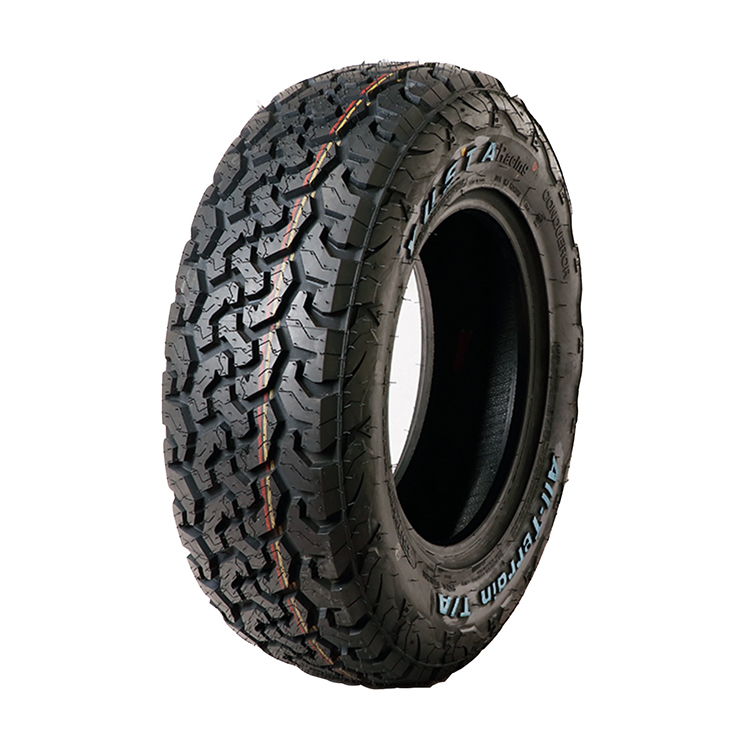The landscape of off-road driving has dramatically evolved over the last few decades, driven by innovations in vehicle components that enhance performance, safety, and durability. Central to this evolution are the technologies behind off road tires and alloy wheels rims—two critical elements that directly affect traction, handling, and resilience on rugged terrain. Whether for recreational trail riding, competitive racing, or industrial applications, understanding the technological advancements in off road tires and alloy wheels rims offers valuable insight into how modern vehicles conquer challenging environments.

Off road tires have seen substantial innovation in design, materials, and manufacturing processes. Traditionally, off road tires were heavy, with thick rubber compounds and aggressive tread patterns designed to maximize grip on loose surfaces such as mud, sand, or gravel. Modern off road tires and alloy wheels rims have benefitted from the integration of advanced rubber compounds and computer-modeled tread designs that optimize both traction and durability.
New tire compounds used in off road tires and alloy wheels rims today are formulated to balance toughness with flexibility. This balance allows the tire to maintain grip over uneven rocks while resisting cuts and abrasions that are common on off-road trails. Manufacturers employ silica-based additives and natural rubber blends to improve wet traction and reduce wear rates, enhancing the tire's lifespan even under harsh conditions.
The tread design of off road tires and alloy wheels rims has also progressed significantly. Modern tires feature multi-directional tread blocks, self-cleaning voids, and reinforced sidewalls. These innovations help maintain grip in mud or snow while reducing the risk of punctures. Sidewall protection has become a focus area, as off-road environments often subject tires to sharp rocks and debris. Some off road tires and alloy wheels rims come with integrated layers of aramid fiber or Kevlar for increased resistance against sidewall damage.
While tires are the point of contact with the terrain, alloy wheels rims provide the structural foundation necessary for tire performance. Alloy wheels are typically made from lightweight metals such as aluminum or magnesium, which offer a strength-to-weight ratio compared to traditional steel wheels.
The technology behind off road tires and alloy wheels rims has advanced to prioritize not just strength, but also heat dissipation and corrosion resistance. Aluminum alloy wheels can dissipate heat generated from braking more effectively than steel wheels, reducing the risk of brake fade during demanding off-road descents or stop-and-go maneuvers.
Furthermore, the design of off road tires and alloy wheels rims incorporates considerations for durability against impacts and environmental exposure. Off-road conditions often expose wheels to rocks, mud, and water, which can cause corrosion or mechanical stress. Modern alloy wheels used in off-road applications undergo rigorous testing for impact resistance and feature protective coatings such as powder coatings or anodizing, which enhance longevity and preserve appearance.
Another significant development in off road tires and alloy wheels rims technology is the precision manufacturing process. Computer-aided design (CAD) and computer numerical control (CNC) machining allow manufacturers to create wheels with exact specifications, ensuring balanced weight distribution and reducing vibration. This precision improved ride comfort, vehicle control, and reduced wear on suspension components.
Customizability is another benefit. Many off-road alloy wheels offer modular designs, allowing drivers to swap out outer rims or repair damaged sections without replacing the entire wheel. This flexibility extends the life of wheels and reduces costs, which is particularly valuable in remote or harsh off-road conditions.